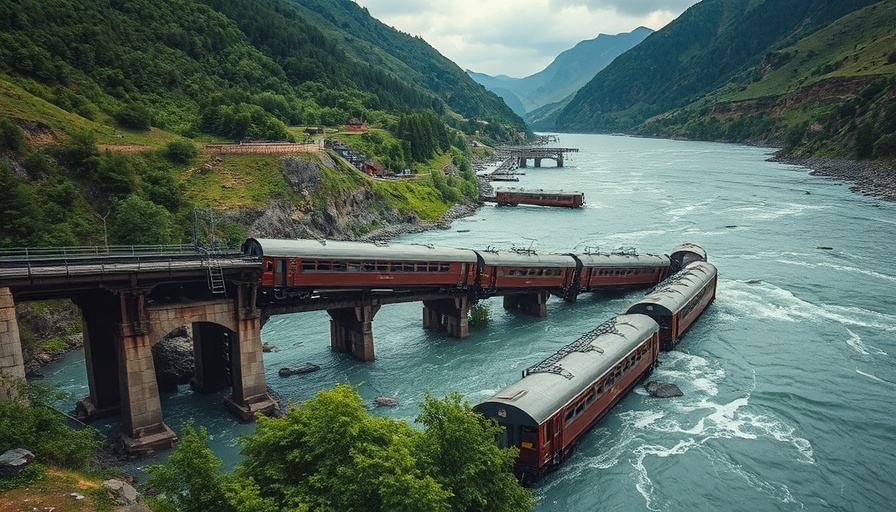
Why More Inspectors Are Essential for Railroad Bridge Safety
The recent announcement by the Federal Railroad Administration (FRA) to train 163 additional track inspectors is a crucial step toward enhancing railroad bridge safety across the United States. Currently, only seven FRA employees have the expertise needed to properly assess bridges, which has raised significant concerns about the integrity of over 70,000 bridges across the country. With the memory of the devastating bridge collapse in Montana fresh in the minds of lawmakers and the public alike, this initiative underscores the importance of rigorous oversight in maintaining the safety of our rail infrastructure.
The Impact of Historical Oversights
Historically, the lack of sufficient bridge inspections has serious ramifications. Despite regulations established 15 years ago requiring regular audits of bridge management programs, reports indicate that a substantial portion of smaller railroads has yet to comply due to insufficient federal oversight. As Jared Cassity, National Safety Director for the SMART-TD rail union pointed out, while training more inspectors is a positive advancement, the scale of the job remains daunting. The risk presented by untreated structural deficiencies is too great to ignore.
Implications for Rail Safety and Environmental Responsibility
The environment continues to feel the repercussions of infrastructure failures, as witnessed during the aforementioned Montana incident where a train carrying hazardous materials plunged into the Yellowstone River. Environmental concerns are heightened in these scenarios; ensuring safe bridges is not only an issue of human safety but also of ecological responsibility. Each bridge needs thorough and transparent inspections, a goal that training more inspectors strives to achieve, despite the confidentiality issues surrounding audit results.
The Balance of Safety and Security
Congress mandates that bridge inspection reports remain confidential to mitigate the risk of targeted sabotage. While safety advocates stress the importance of transparency in rail operations, the current legal framework complicates access for state and local officials. This tension between security and safety information is vital to understand because it affects the ability of communities to respond to potential risks.
Looking Forward: A Call for Increased Awareness
With the newly trained inspectors set to join the ranks of the FRA, the hope is they will facilitate the identification and resolution of bridge-related issues before they escalate. However, it is essential to foster a culture of safety within the rail industry, where both rail operators and government bodies work hand in hand to innovate and implement best practices that prioritize structural safety.
What Can You Do?
As rail safety evolves, greater community awareness about the state and condition of local bridges is essential. Individuals should stay informed and advocate for transparency in safety inspections. Engaging with local leaders about the importance of rail infrastructure can contribute to a safer community.
In conclusion, the increased number of trained inspectors represents a significant initiative toward ensuring the safety and integrity of railroad bridges across the U.S. While challenges remain—especially regarding the confidentiality of inspections—the path forward prioritizes both infrastructure and environmental health.
 Add Row
Add Row  Add
Add 




Write A Comment